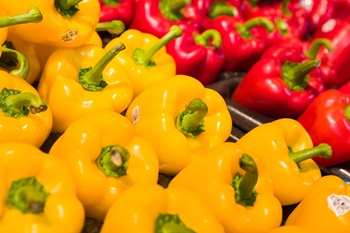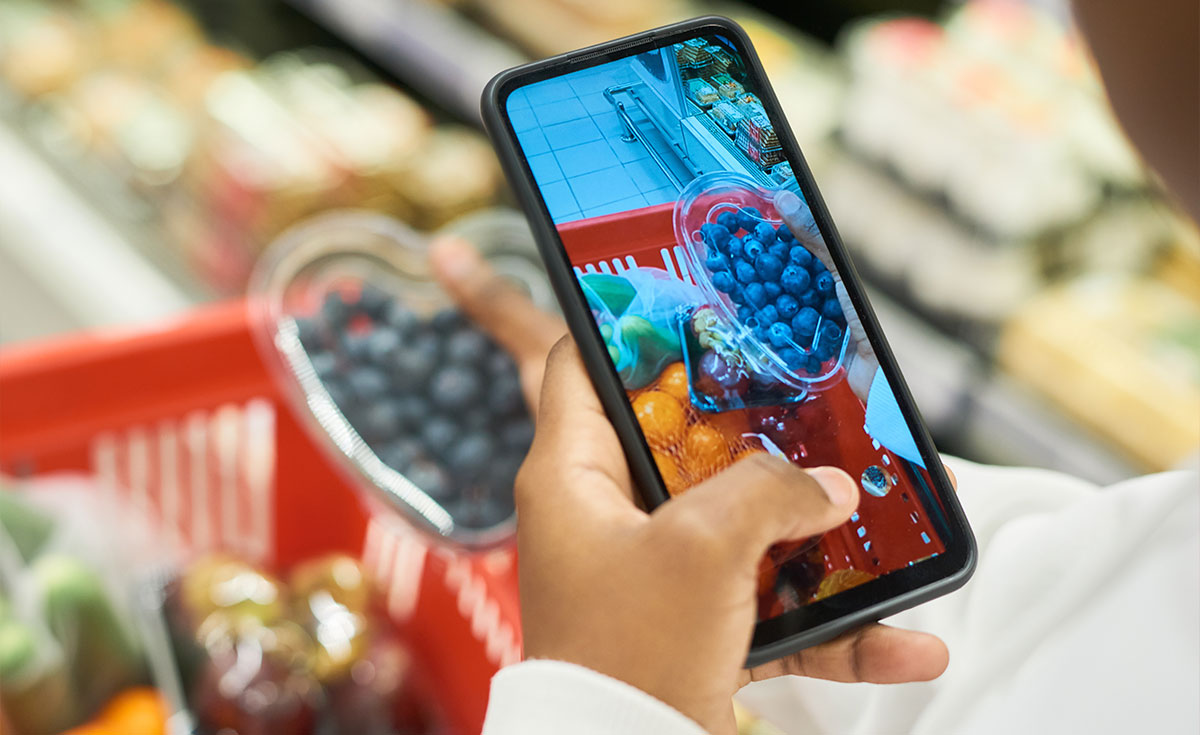The following appeared in The Produce News. 
By Rick Stein, Vice President, Fresh Foods, FMI
What’s that saying again — the only constant is change?
The inevitability of change is especially true when it comes to food production — whether it relates to impactful events ranging from weather extremes to global virus outbreaks or shifting consumer tastes.
All of the above have affected the market for fresh produce, to different degrees and concerns. Supply chain disruptions due to world health issues have presented immediate issues, and ones that are still being navigated by growers and farmers, distributors and retailers. Time will tell how it plays out, but efforts will be concerted and ongoing at all levels.
On another level, there have been continual changes in how and what consumers buy. Although the retail perimeter and fresh produce have enjoyed a positive halo of attention and sales in recent years, resting on any laurels is not a good idea.
The recently released Power of Produce 2020 report, conducted for FMI — The Food Industry Association, by 210 Analytics, found that despite the fact that the produce department is the largest fresh department at retail with an impressive $60.8 billion in sales, produce and the retail perimeter are not churning out the same growth rates they did five years ago. There have been subtle but real declines in sales growth during that timeframe and basket size is down.
So, if successive growth in fresh produce at retail can’t be assumed, what can be done to get back to the growth rates of five years ago?
New varieties, products and packaging are important avenues to driving growth. Look no further than the cotton candy grape, rose strawberry, beet chip or “zoodle” to see how novelty is just as much a mother of invention as necessity. When I’m pushing my cart through the produce department, something new and colorful catches my eye precisely because it stands out amid the familiar.
Another way that food retailers can bolster shoppers’ baskets with produce is to make purchases irresistible.
According to this year’s Power of Produce, 83% of shoppers who plan produce purchases before they get to the store end up buying unplanned items. Drivers of impulse buys include great promotions, in-season items, eye-catching displays, sampling and new items.
Another path to growth may be virtual. Although online purchases of fresh produce have lagged behind other categories over the years, attributed to consumers’ interest in choosing their own fruits and vegetables, it’s starting to catch up. The Power of Produce shows that almost half (47%) of shoppers buy at least some groceries online and 29% order at least some fresh fruits and vegetables via e-commerce platforms. Even more revealing: 58% expect to purchase more online in the coming years.
That brings us to younger consumers, who will be the ones pushing the growth curve one way or another. Those in the millennial and GenZ age group like eating fresh produce, so that’s a very good start. They also want to hear from you and about you, with 69% of GenZ buyers and 54% of younger millennial shoppers saying they want more information on growing practices, compared to 39% of older millennials, 34% of GenXers and 30% of baby boomers.
Storytelling, along with innovation and impulses, will be part of the thoughtful strategies employed by those in the produce and food retailing industries to keep the produce department on track for future expansion and success. There are a lot of good stories to tell, too.
Download Power of Produce


 Industry Topics address your specific area of expertise with resources, reports, events and more.
Industry Topics address your specific area of expertise with resources, reports, events and more.
 Our Research covers consumer behavior and retail operation benchmarks so you can make informed business decisions.
Our Research covers consumer behavior and retail operation benchmarks so you can make informed business decisions.
 Events and Education including online and in-person help you advance your food retail career.
Events and Education including online and in-person help you advance your food retail career.
 Food Safety training, resources and guidance that help you create a company food safety culture.
Food Safety training, resources and guidance that help you create a company food safety culture.
 Government Affairs work — federal and state — on the latest food industry policy, regulatory and legislative issues.
Government Affairs work — federal and state — on the latest food industry policy, regulatory and legislative issues.
 Get Involved. From industry awards to newsletters and committees, these resources help you take advantage of your membership.
Get Involved. From industry awards to newsletters and committees, these resources help you take advantage of your membership.
 Best practices, guidance documents, infographics, signage and more for the food industry on the COVID-19 pandemic.
Best practices, guidance documents, infographics, signage and more for the food industry on the COVID-19 pandemic.
